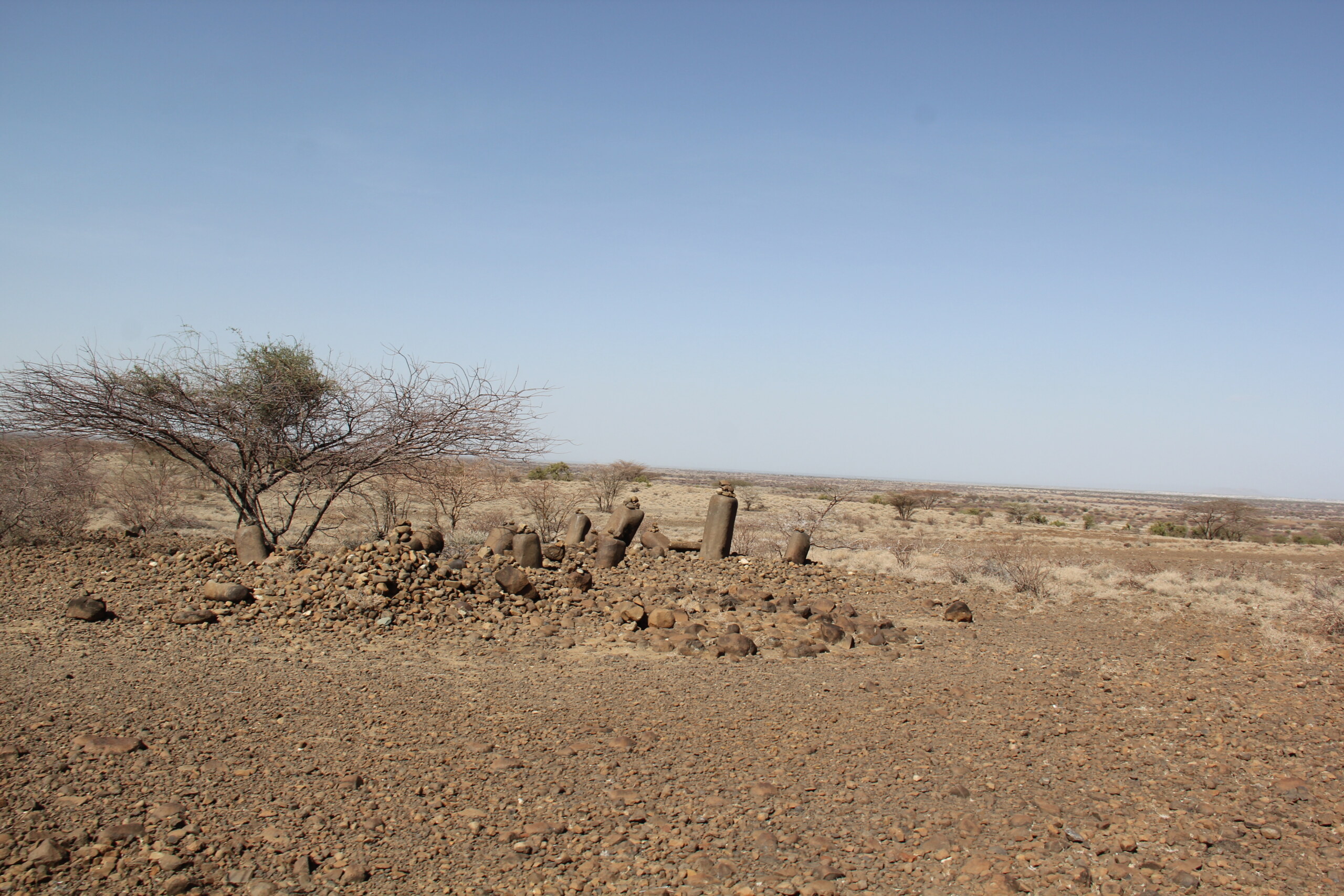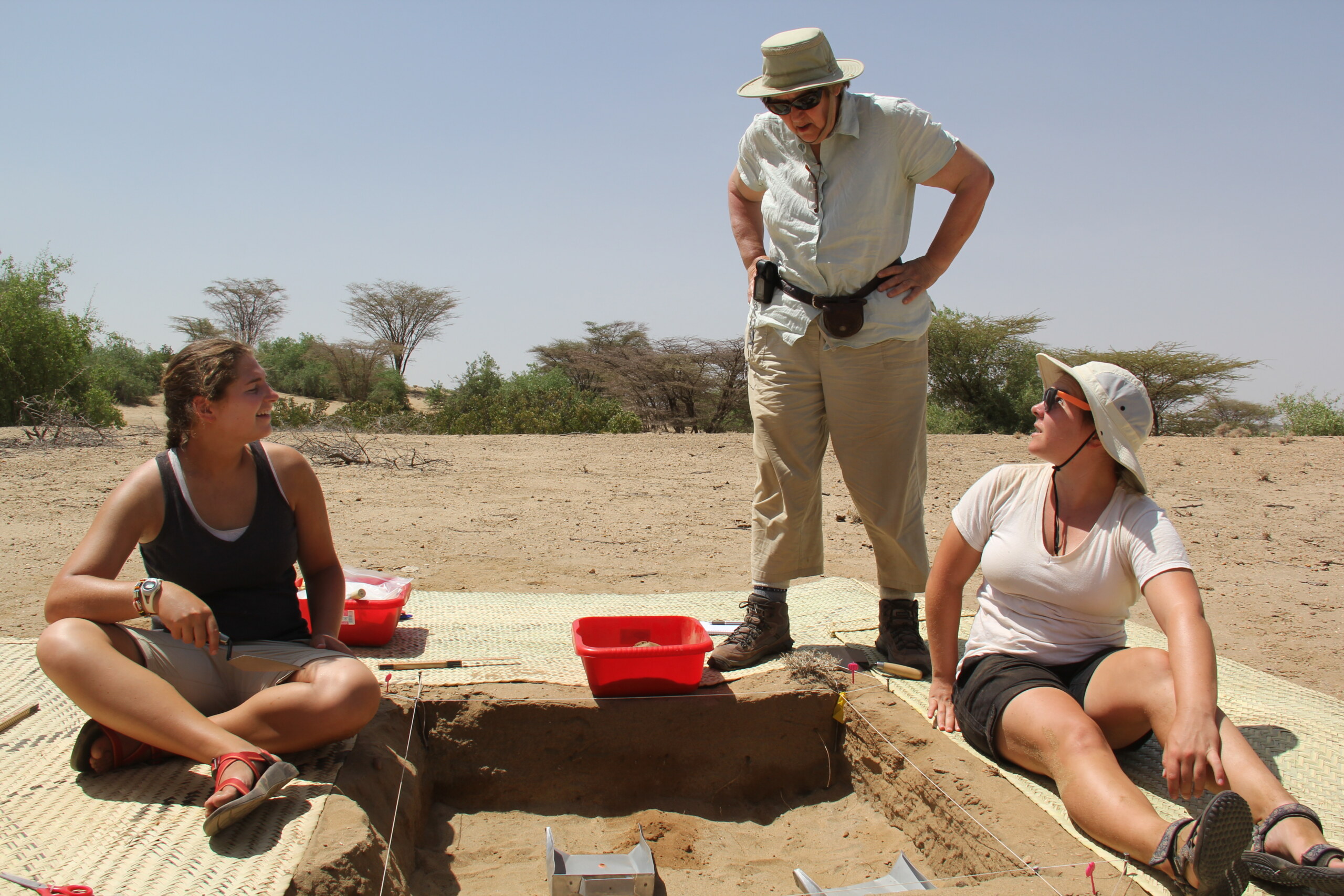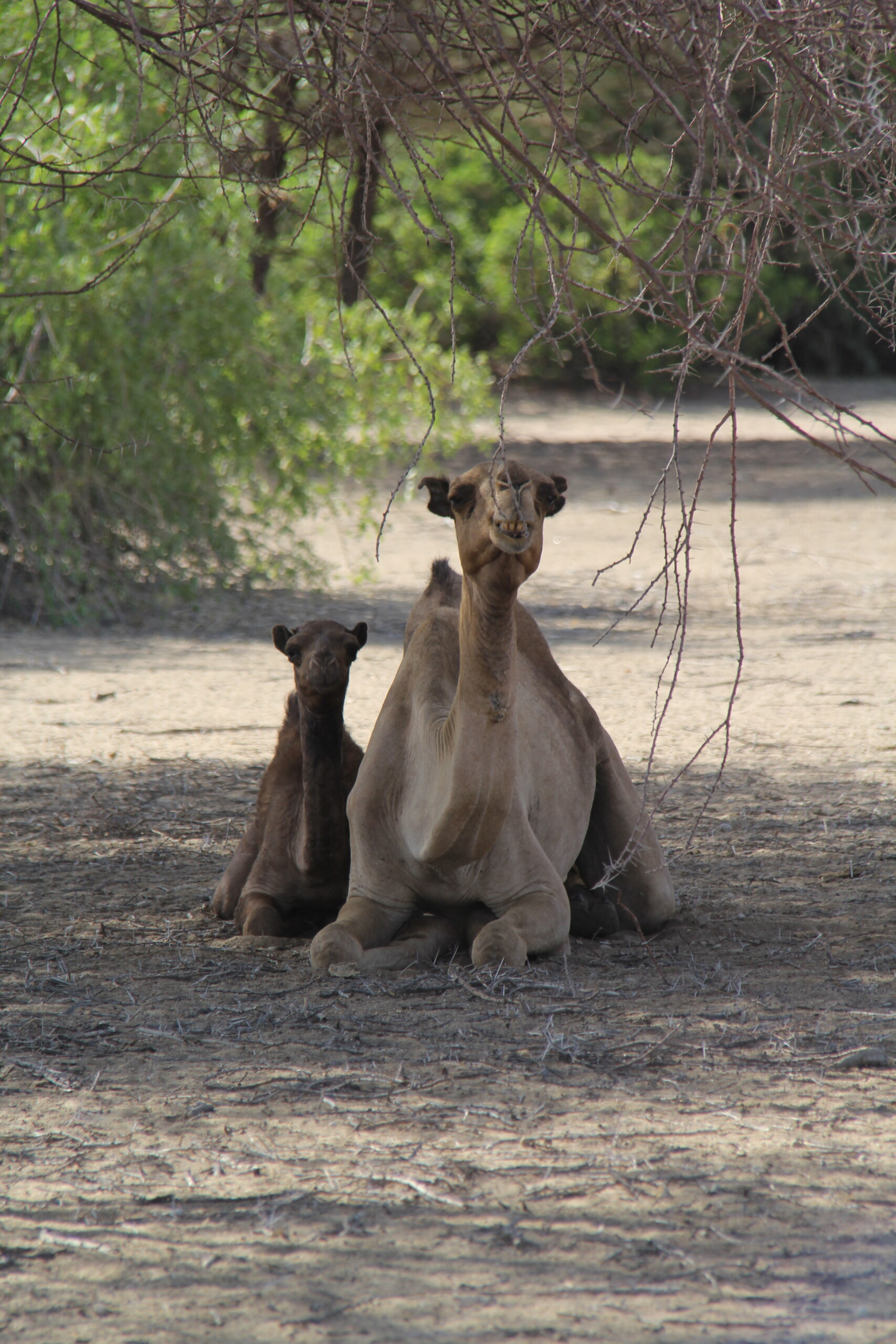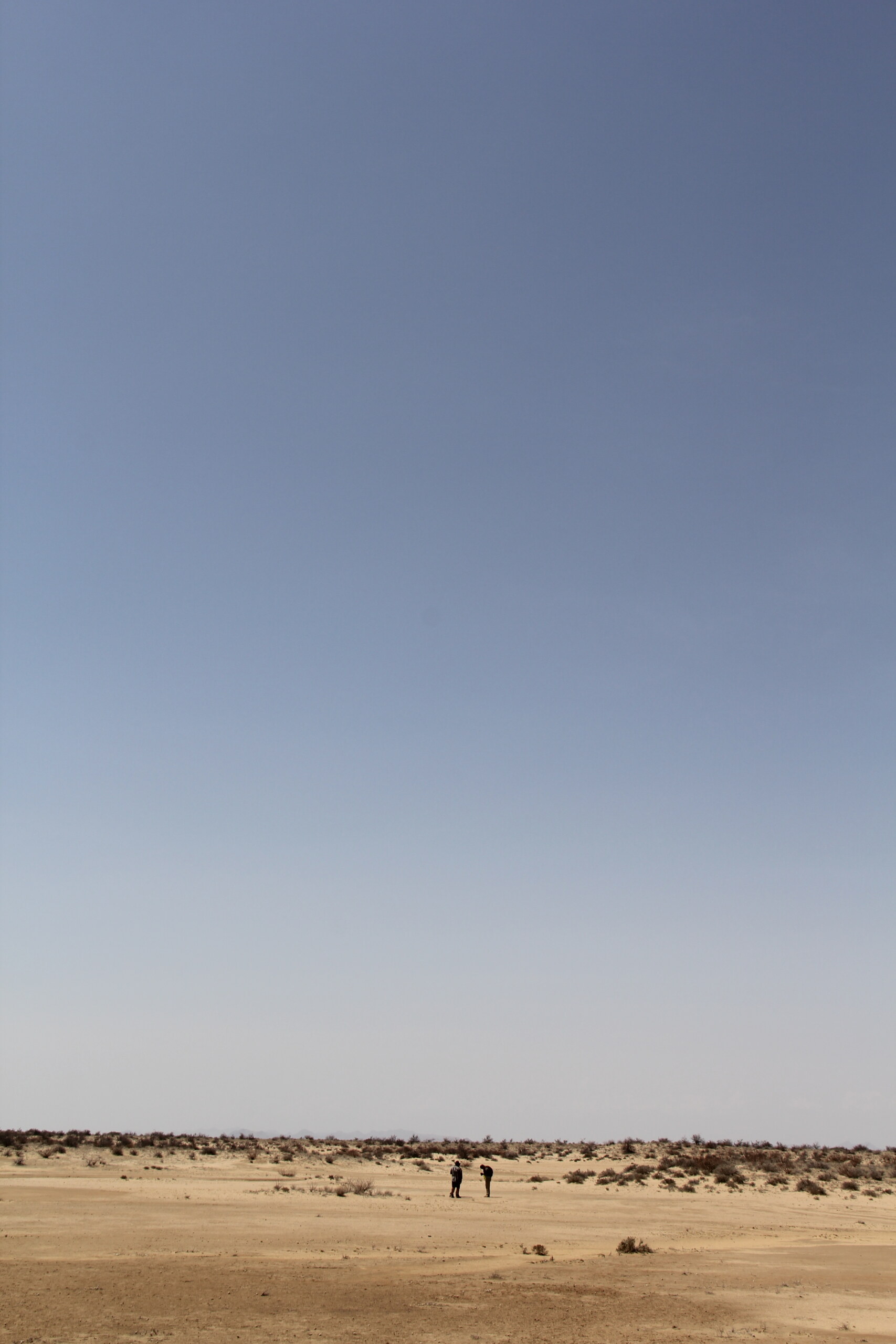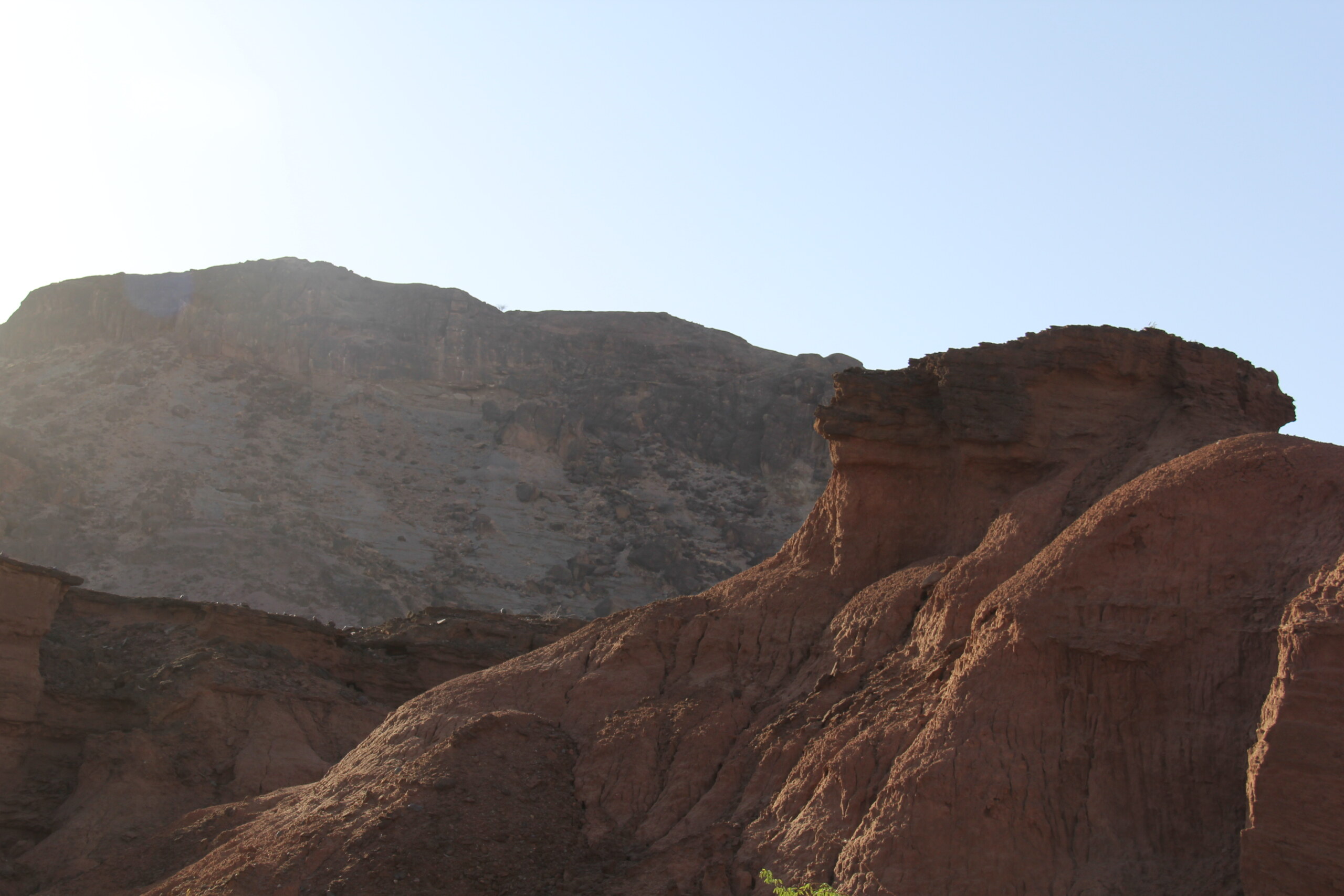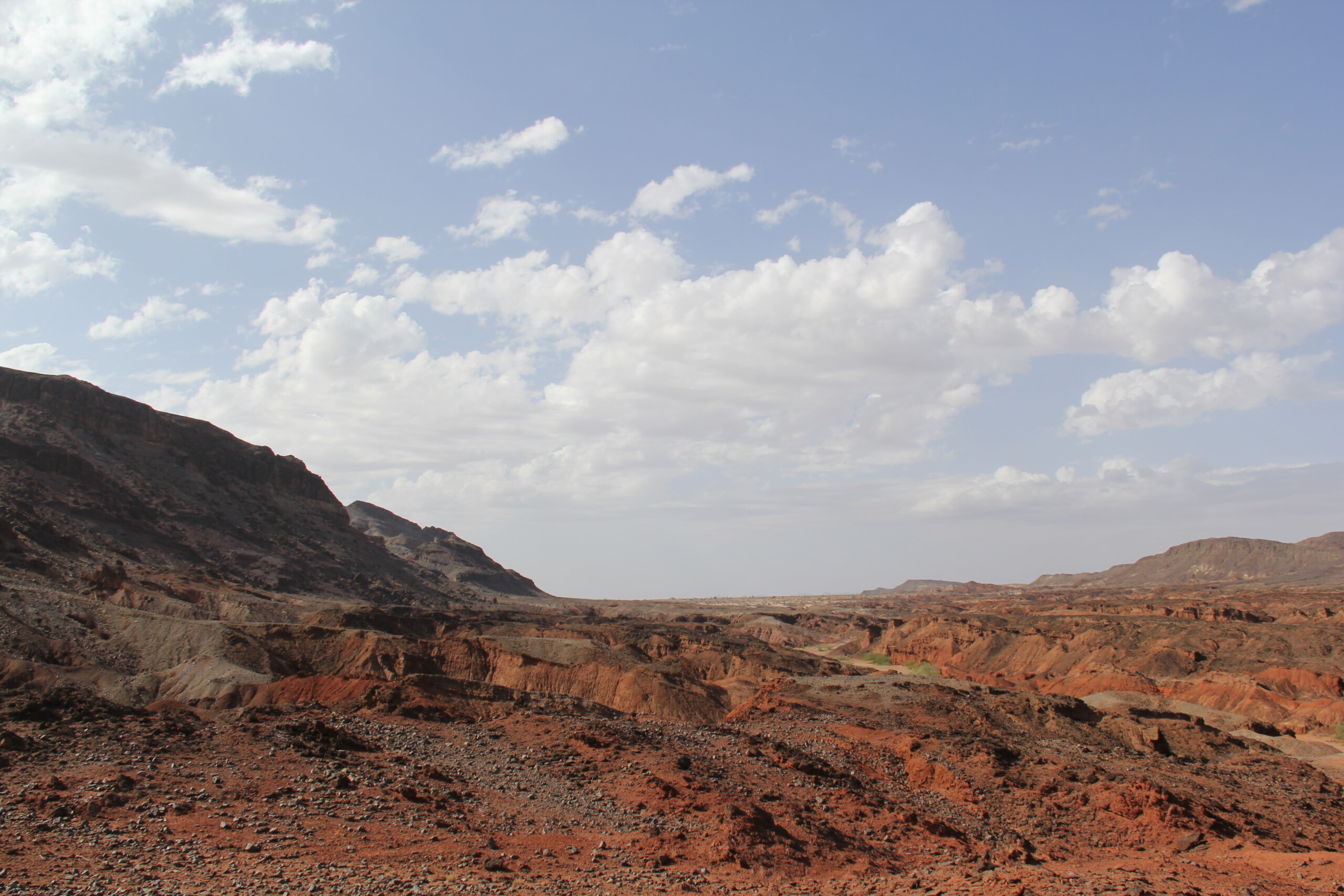Pillars of Truth(s) at Kalokol
A barren, rolling landscape and a ring of stones. Evidence of mysterious ritual feasts and astrological signs. The true purpose of the site long forgotten. It’s an image that conjures up ancient Celtic druids on the English heath, but ring sites aren’t unique to the early cultures of the English Isles. The Turkana Basin has [...]

